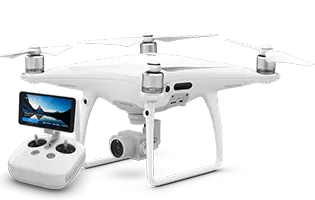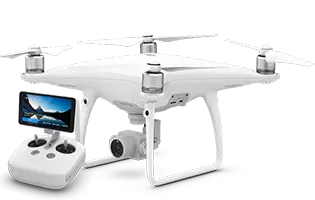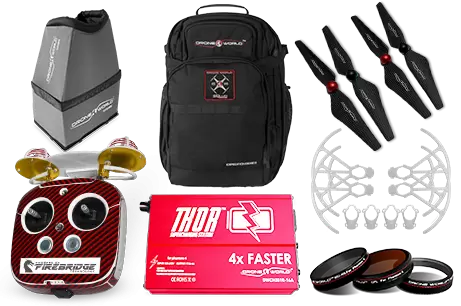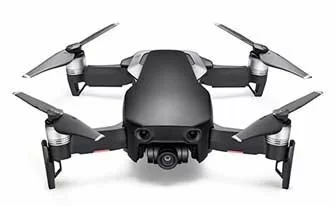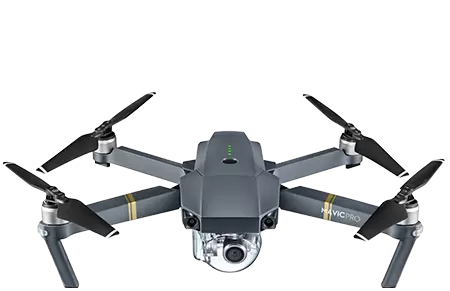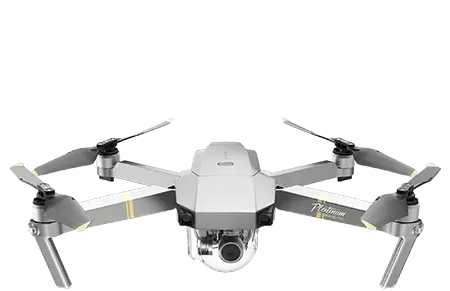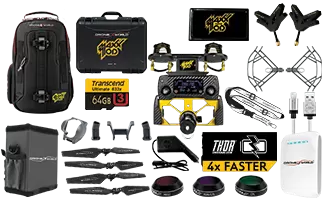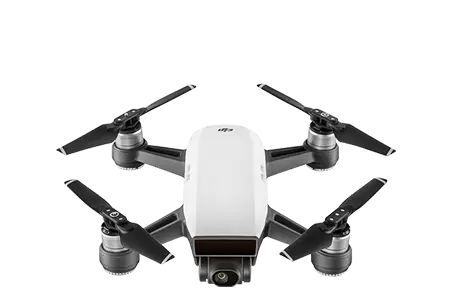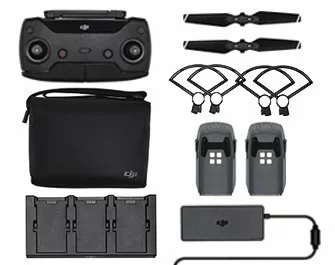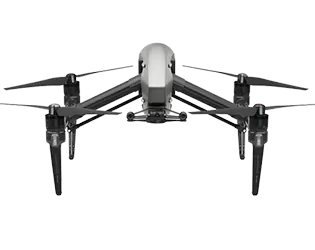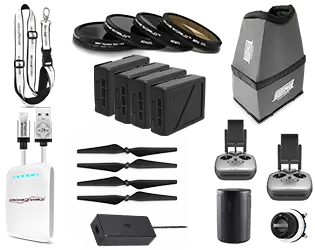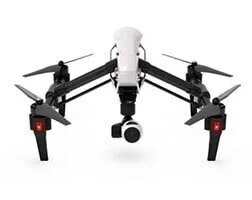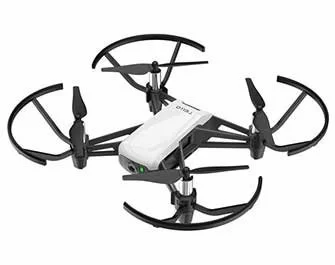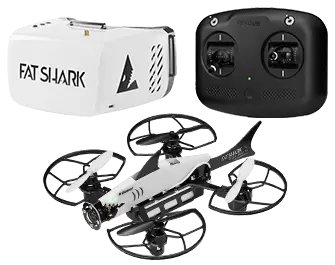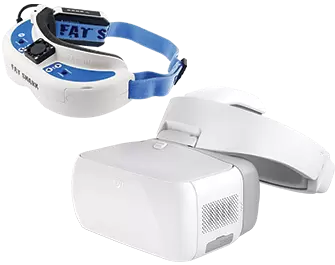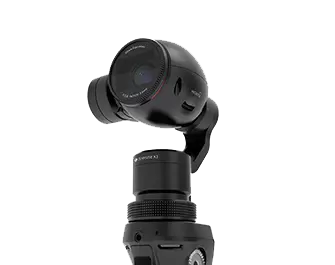Phantom 3 vs Inspire 1
As the FAA can attest, interest in consumer drone aircraft is soaring. No manufacturer is flying as high--pun intended--as DJI, maker of the best-selling Phantom 3 and critically acclaimed Inspire 1. That said, what’s the difference between these two models of drone, and which one is right for you?
Size
The most obvious difference between the Inspire 1 and Phantom 3 is visual, with the Phantom resembling a toy quadcopter and the Inspire resembling...something not so wholesome. Though the two share similar diagonal lengths (about 23”), the Inspire’s carbon composite frame and larger motors make it a hefty 6.5 lbs.--hefty, at least, when compared to the 2.8 lb. Phantom. The Phantom's lightness makes it much more portable, so much so that it can be easily loaded into a backpack. However, the Inspire’s sturdy frame and arms allow it better stability against winds--a big advantage.
Camera
The Phantom comes standard with a fixed camera, while the Inspire comes with a detachable and upgradeable one. The Phantom 3 cameras’ max video resolution ranges from 1520p (2.7K), found on the Standard and Advanced, to 2160p (4K), found on the 4K and Professional. The Inspire 1 uses a Zenmuse X3 or X5 camera, both of which display 4K video. The X3 uses a F/2.8 lens with a 100∿3200 ISO range; the X5 lens is variable F/1.7-F/16 with a 100∿25600 range.
A critical difference: The Inspire 1's camera can rotate 360°. Combined with the craft's retractable legs, this provides the camera with an all-around unencumbered viewpoint. The Phantom 3's camera, by comparison, can only move up and down.
Connectivity
The Inspire 1 has two big draws in this arena: The ability to support multiple operators and two additional ports on its remote. The Inspire features dual operation, allowing one person to pilot the drone and another to control the camera. Where the Phantom remote has just a USB and micro-USB port, the Inspire remote adds expansion and HDMI ports. The HDMI port allows users to link the remote to video devices, such as monitors and goggles, to capture footage.
Performance
The Inspire’s 4,500 mAh (milliAmpere per hour) battery helps power the craft to a top speed of 50 MPH for a max flight time of 18 min. An optional 5,700 mAh battery stretches flight time to 22 min. The Phantom’s 4,480 mAh battery has less power, but the aircraft’s low weight gives it up to 25 min. of flight time. Both can climb at 11 MPH, though the Inspire descends at 9 MPH versus the Phantom’s seven. While the Inspire can reach up to 14,700 ft., the Phantom’s ceiling is comes in at nearly 20,000.
Which is Right for You?
That depends on what kind of consumer you are. A casual video enthusiast, someone likes to film on a weekend, will do fine with the Phantom 3 Advanced. A “prosumer,” a serious enthusiast or a self-employed videographer, will find the Phantom 3 Professional’s 4K camera a nifty asset. The Inspire 1’s added features, bigger size, and $2,899+ price make it best suited for a small film team.
Click here to find the best deals on the DJI Phantom 3, Inspire 1, and drone bundles.
.
 Largest Authorized Kit Dealer
Largest Authorized Kit Dealer Drone Financing
Drone Financing Free Fast Shipping
Free Fast Shipping



